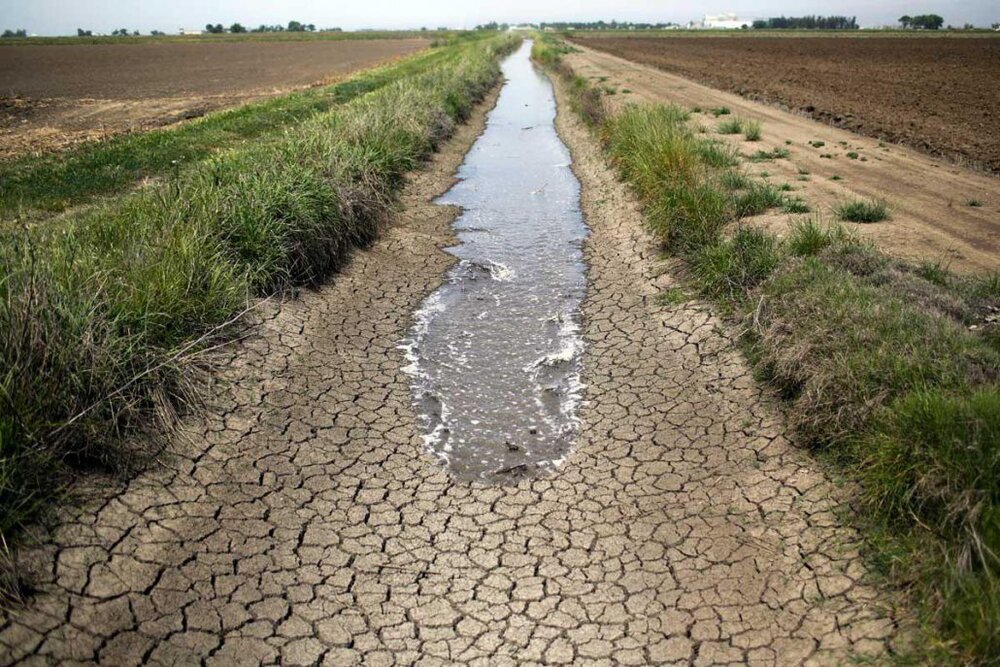‘More natural disasters on the way to Iran; think of a solution’

TEHRAN – More natural disasters caused by climate change will occur in Iran which needs to be tackled urgently; so, think of a solution, Armida Salsiah Alisjahbana, the Executive Secretary of the United Nations Economic and Social Commission for Asia and Pacific (ESCAP), has said.
The recent flood was just the beginning of the environmental incidents that will soon turn into an ordinary occurrence in Iran, she told Khabaronline on Wednesday.
Heavy rainfall, beginning on March 19, led to flooding in 28 out of 31 provinces of Iran affecting 42,269,129 inhabitants in 253 cities and causing widespread damage to municipal facilities, including health centers and hospitals.
Climate change is a crisis which is making the world’s climate characteristic more irregular, as well as increasing environmental disasters such as floods, dust storms, droughts, etc., she said, adding, climate change in many regions could have deadly consequences, just like what happened in Iranian cities during the spring.
Countries must plan for these catastrophes from now on to reduce the number of victims and the extent of damages possibly caused by natural disasters, she highlighted.
She went on to say that according to the latest data, climate change will have more impact on Iran in the future, unfortunately the severity of natural disasters will increase in the region, as well.
On the other hand, Iran is located in an arid area, and therefore will suffer desertification and deforestation as a subsequence of climate change, she noted, adding, the region must seek an economic-social solution to alleviate the crisis.
“An economic-social solution can be divided into two parts; first, we need to get people ready for such accidents; the more people are prepared, the fewer the number of casualties and the consequences of climate change,” she explained.
Referring to the ways getting people prepared, she said that natural disasters must be constantly monitored, using new technologies, and countries like Iran can work with other countries to use these technologies.
Responding to the question of how to use advanced technologies regarding the sanctions, she stated: “In a trip to Tehran, I found out that Iran can reach different technologies domestically due to having the capabilities to produce some of which needed to cope with the climate change.”
“Although sanction is a very unfortunate situation, I hope to be resolved in the near future.”
The second issue is adaptability, for example, Iran has to adapt to sand and dust storm events finding out what causes the incident initially, she stated.
To adopt, if climate change is the source of SDSs, Iran alone cannot solve the problem and an international consensus is needed, which might need countries to reduce greenhouse gas emissions, she added.
She also said that in Indonesia, a country very vulnerable to such incidents, mostly mountain landslide, sometimes moves people from areas prone to such incidents, while sometimes adapt people to live a balanced life in those areas, being aware.
“There are some practical measures that can help people adapt to the crisis; studies have shown that financially struggling people are at the highest risk of climate change as they will be affected more by natural disaster.”
So, apart from adaptability, specific programs must be prepared for this vulnerable group of the society, she added.
Although, there are many solutions, none of which can be implemented by a country alone; countries should join hands to deal with the issue, for exa
mple, Thailand has sufficient experience in tackling flood, and can share the experience with Iran, she explained.
Referring to the United Nations measures fighting climate change, she said: “Currently, we are working on a number of ways to overcome the issue, for instance, using satellite data, we produce images and use them to analyze the situation with computer algorithms and then send the information to the responsible bodies to take action.”
She pointed to the Asian and Pacific Centre for the Development of Disaster Information Management (APDIM) and said that ESCAP decided to establish the APDIM as a regional institution to take all the necessary measures to combat sand and dust storms in Asia and the Pacific, to accord priority to sand and dust storms as a great transboundary challenge, and to work on disaster-related and transboundary issues.
The center set up in Tehran produces a variety of information which can even be set in the pre-incident alert system to help solve the crisis or inform the responsible bodies to act, for example, in recent floods, not only ESCAP but also the UN helped the flood-hit people.
FB/MG
Leave a Comment